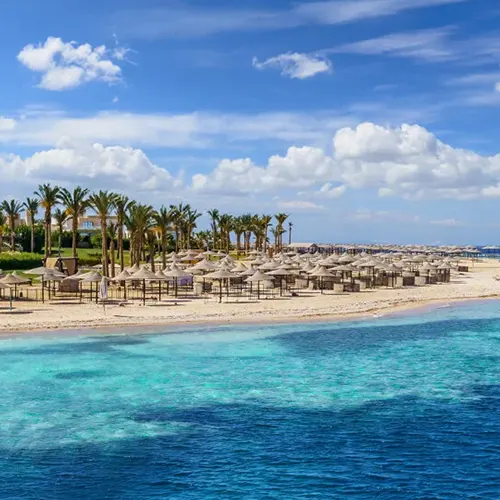
Egypt’s Capitals Museum (ECM) is located in the City of Arts and Culture in the New Administrative Capital of Egypt. This museum aims to save the Egyptian cultural and administrative heritage by displaying the essential capitals that played a significant role in Egyptian history.
The display of Egypt’s Capitals Museum: The museum concept exhibits the Egyptian capitals throughout history from Memphis to Cairo, as well as the ancient Egyptian beliefs and afterlife. The museum will display six of these capitals that have a significant role in Egyptian history and the reason for transferring from one to another. These capitals are:
Memphis
- Memphis or Mit-Rahina now is located on the west bank of the Nile. The significance of Memphis starts with uniting the Upper and Lower Egypt by King Menes or Narmer. It was the capital of ancient Egypt from the 1st dynasty to the 8th dynasty, Although Memphis did not consider the official capital of ancient Egypt after the 8th dynasty, it had a religious and political role throughout ancient Egyptian history.
Thebes
- Thebes or Luxor now is located in Upper Egypt. It is considered the world’s greatest open-air museum as it contains Luxor Temple, Karnak Complex, the Valley of the Kings, the Valley of the Queens, Colossi of Memnon, and Hatshepsut Temple at Deir el-Bahari, just to name a few.
This city was the capital of ancient Egypt twice:
- The first time was during the 11th dynasty, the Middle Kingdom.
- The second time was during the New kingdom.
After the New Kingdom, the importance of Thebes remained as a religious capital of ancient Egypt.
- Tell el Amarna
It is Akhetaten or Tell el Amarna located in Minya Governorate now. It was taken as a capital for ancient Egypt by King Amenhotep IV or Akhenaten during a part of the 18th dynasty, the New kingdom. The name of this city means Horizon of the Aten, the god that king Akhenaten chose to worship.
Alexandria
- Alexandria city is located in the north of Egypt. Its history began with Alexander the Great, as he decided to build it to be the capital for his empire in 332 BC. Alexandria remained the capital during the Greco-Roman period. It has a unique history and houses several wonderful monuments dating back to different historical periods like the catacomb, Pompey’s Pillar, Citadel of Qaitbay, Montazah Palace, Bibliotheca Alexandrina, and Royal Jewelry Museum.
Islamic Cairo
- The Islamic Cairo was the fourth Islamic capital for Egypt. After the conquering of The Fatimids to Egypt, the ruler Al-Mu’izz li-Din Allah commanded Jawhar Al-Siqilli to construct this city in 969 AD to be the capital of Egypt. Firstly, its name was Al Mansoria, referring to Al-Mansour, the father of Al-Mu’izz li-Din Allah. Then Al-Mu’izz named it Cairo or Alqahera, meaning omnipotent in the English language.
Khedival Cairo
- It is also known as Paris of the East, as Khedive Ismail dreamed. It started almost 160 years ago. Now, the development of Khedival Cairo is one of the important projects of the Ministry of Tourism and Antiquities.



